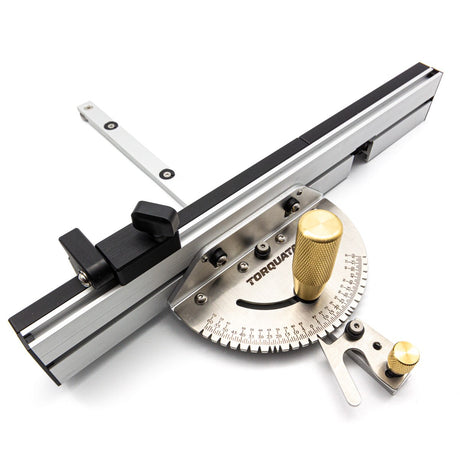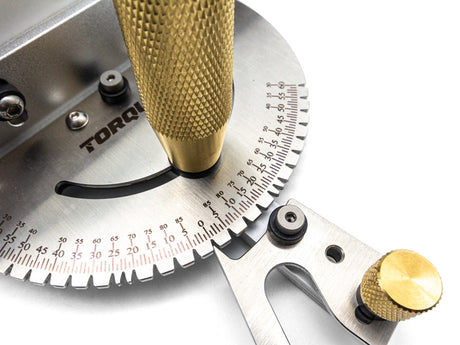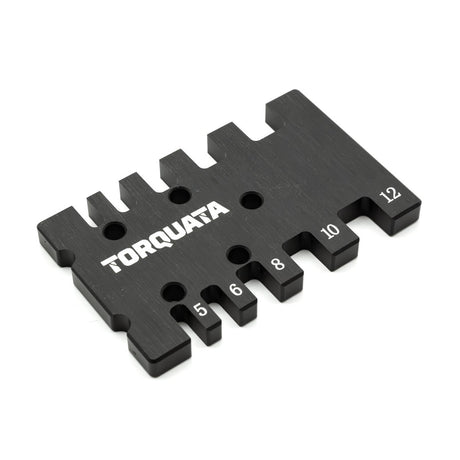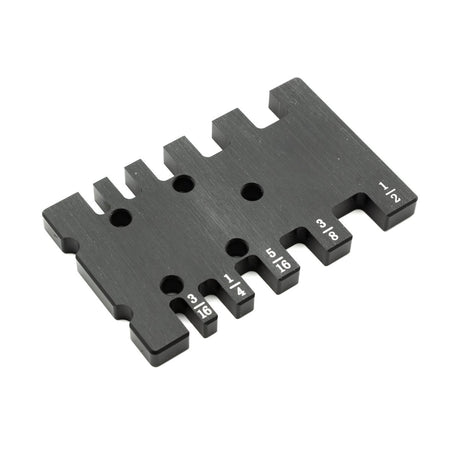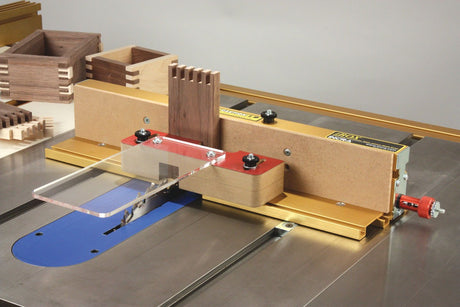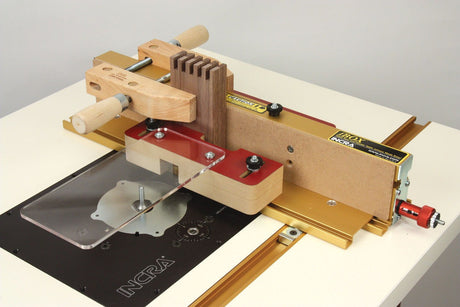Torquata
Torquata Mitre Guide with Aluminium Fence and Box Joint Accessory
$199.90Unit price /UnavailableIn stockTorquata
Torquata Box Joint Finger Measuring Jig Metric and Imperial
$24.90Unit price /UnavailableIn stockIncra
Incra IBOX Box Jointing Jig for Table Saws and Router Tables
$525.90Unit price /UnavailableIn stock
Box Joint Jigs for Strong, Square Joinery
Box joints, also known as finger joints, are a popular alternative to dovetail joints for creating strong, square corner joints in woodworking projects. These interlocking fingers provide a large glue surface area, making them exceptionally strong and ideal for boxes, drawers, and carcass construction. Box joint jigs streamline the process by guiding your cuts with precision, delivering perfect spacing and alignment every time.
A box joint jig is typically used with a table saw or router and ensures that each finger is evenly spaced and square. This level of accuracy is difficult to achieve by hand, particularly when making repeatable cuts across multiple workpieces. Many jigs feature adjustable spacing, allowing users to choose different finger widths depending on material thickness or design preference.
Compared to dovetail jigs, box joint jigs are generally simpler to set up and use, making them an excellent entry point into the world of joinery. They're well-suited to both hobbyists and professionals who need quick, reliable results without compromising on strength. In particular, they excel in utility projects and applications where visible decorative joints are not required.
To achieve optimal results, it's important to use sharp, high-quality blades or bits and to ensure proper workpiece clamping. Taking the time to make test cuts and dial in the jig's settings will pay off in tight-fitting joints that require minimal sanding or adjustment. With the right setup, box joint jigs provide an efficient and satisfying way to elevate your woodworking precision.
FAQs
What is a box joint jig used for?
A box joint jig guides your cuts to create evenly spaced finger joints, commonly used for joining box corners, drawers, and other square assemblies in woodworking projects.
What tools do I need to use a box joint jig?
Box joint jigs are typically used with a table saw or a router. You’ll also need a matching blade set or router bit, and reliable clamps to secure your workpieces during cutting.
Are box joints as strong as dovetails?
While not as decorative or mechanically interlocking as dovetails, box joints offer excellent strength due to the large glue surface and are more than sufficient for most practical applications.
Can beginners use box joint jigs?
Yes, box joint jigs are beginner-friendly. They require less setup complexity than dovetail jigs and produce accurate results with minimal learning curve, especially when paired with a table saw.
What size fingers should I use for box joints?
Finger size typically ranges from 3mm to 12mm, depending on the thickness of your material. A good rule of thumb is to match finger width to about half the thickness of the workpiece for balanced strength.
Can I adjust finger width on a box joint jig?
Many box joint jigs allow for adjustable spacing, letting you create different finger widths to match your design needs. Always check your jig’s specifications for available size settings.
How do I ensure tight-fitting joints?
Start with test cuts to fine-tune the jig’s spacing and ensure the blade or bit matches the finger width exactly. Use well-clamped workpieces and avoid any side-to-side play during cutting.
Are box joints suitable for hardwood?
Yes, box joints are highly effective in both hardwoods and softwoods. Ensure your cutting tools are sharp and take slower passes in dense hardwoods to prevent burning or chipping.
Can I use a dado blade with a box joint jig?
Yes, a dado blade set is commonly used on a table saw for cutting box joints. It allows for wider cuts and efficient removal of material in fewer passes, but always confirm compatibility with your jig.

